The temperature of Dhaka has risen by almost 3 degrees celsius in the last 20 years, something which is considered as a matter of severe intimidation as the Paris accord is asking countries to keep their temperature below 1.5 degrees celsius.
Not just the capital but a similar trend has been seen in almost all the divisional cities in the country.
Research titled “Surface urban heat island intensity in five major cities of Bangladesh: Patterns, drivers and trends” has revealed this information in an international journal Sustainable Cities and Society (SCS) in April 2021.
Apart from Dhaka, Chattogram, Khulna, Rajshahi and Sylhet divisional cities were also part of the research, according to the senior lecturer of Australia’s Curtin University and lead researcher of this project Dr Ashraf Dewan.
“The urban areas were selected based on the area, population density and urbanisation trends in the city. We have observed and analysed the satellite images of NASA two times every day for the past 20 years. And the results that we’ve found are astounding,” said Dewan in an interview with The Report. 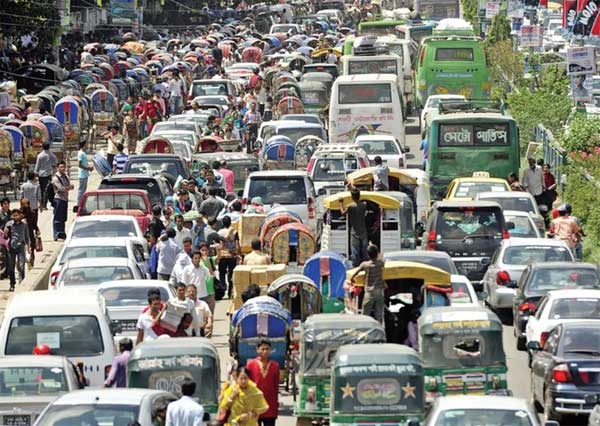
Daytime temperature has risen alarmingly
As Dewan said, “Analyzing the average daily day and night temperatures from 2000 to 2019, it has been seen that the average temperature in each city has increased alarmingly in the past two decades.”
According to the report, the annual daytime temperature in Chattogram has risen by 1.92 degree Celsius, in Khulna by 1.27 degrees, in Sylhet by 1.10 degrees and in Rajshahi by 0.74 degrees.
Dhaka is at the forefront of daytime temperature rise, with temperatures sometimes rising up to 5 degree Celsius at some parts of the city which are densely populated, more specifically, the dwelling place for the urban poor such as Mirpur, Hatirjheel, Tejgaon industrial area etc.
On the other hand, the highest nocturnal temperature was recorded in Chattogram (1.90 ◦C) followed by Dhaka (1.57 ◦C).
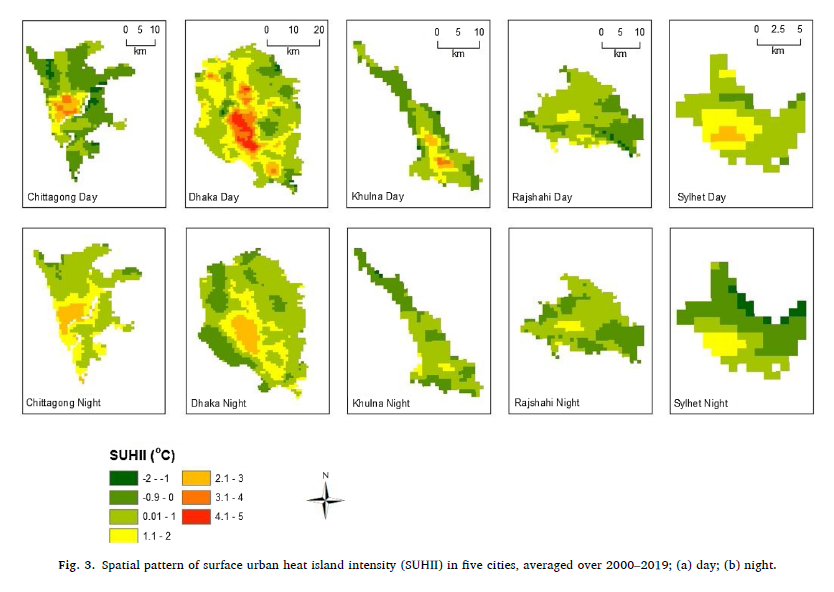
Dewan explained, “We found that Chattogram is experiencing more heat at the nighttime than all others due to its status as a coastal region. It’s nearby Bay of Bengal ocean is releasing heat at nighttime from the waters and keeping the environment warm even at night.”
Air conditioning, building structures and wagging greenery as key reasons
The study says that metabolic heat created from the population and various anthropogenic factors arose from the lifestyle of these mammoth numbers of humans in the urban areas.
The research identified massive air conditioning, transportation, building structure and lack of greenery as the main factors behind such unimaginable temperature rise.
“Activities that are in conflict with nature are playing a major role in increasing carbon dioxide in the cities. For example, if you just take a look at the number of air conditions (AC) that are installed in just one building in Dhaka, the scenario is scary. The air conditioners take in the warm temperature from our rooms and discharge them into the environment. We’re pushing the environment to fall in prey for our own comfort. And as the temperature rises, so does the use of air conditioners. As a result, the city dwellers are drowning in a vicious cycle,” said Dewan.
“Our daily activities are major sources of increasing carbon dioxide in the environment. We have identified the uneven heights of the building in the urban areas especially in Dhaka are impeding air to pass freely. At the same time, perforated or thermal block bricks are suggested to use in times of construction which are highly ignored in Bangladesh. The conventional bricks cannot store heat and in turn, radiate the heat in the environment.”
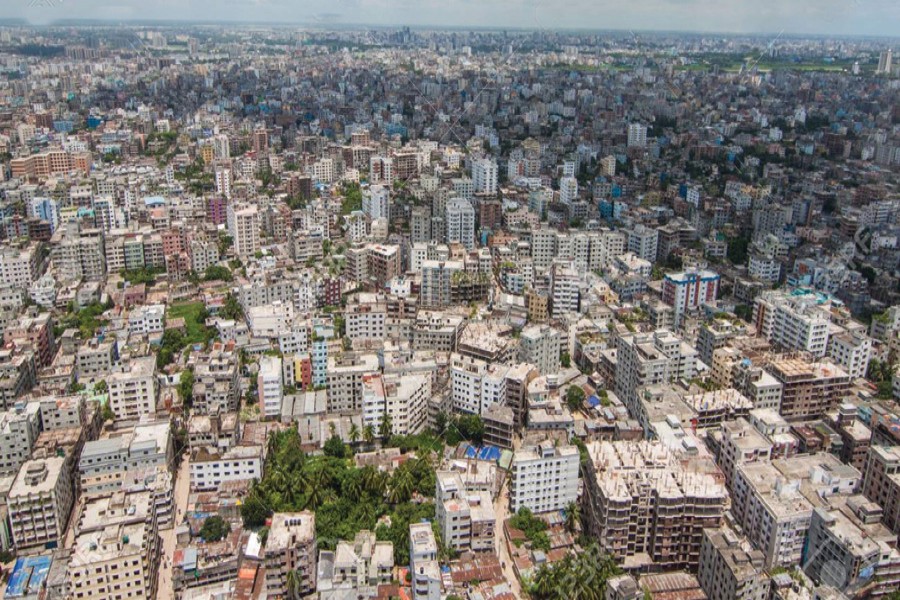
“Decreased amount of greenery, uneven height and lack of evaporation process in the design of multi-story buildings are some of the prime causes behind the rise in temperature. Usage of conventional brick is a significant factor behind the high-rise building producing so much heat, that’s why perforated or thermal block bricks are suggested to use in times of construction which are highly ignored in Bangladesh. The conventional bricks cannot store heat and in turn, radiate the heat in the environment,” he added.
However, Iqbal Habib, a city planner and joint secretary of the sub-committee on urbanization and good governance of the Bangladesh Environmental Movement (BAPA), has declined the arguments of temperature rise due to uneven building heights and bricks.
“I don’t believe uneven building heights or the nature of bricks are at play here in the rise of temperature in the urban areas. Instead, buildings that are made with glass and different heat radiating materials are more responsible for this situation. Also, the Maximum Ground Coverage (MGC) is widely responsible for this phenomenon.”
“I believe further research needs to be done in this area instead of accusing some crucial factors which are simply not good enough to accuse,” added Habib.
Not a consequence of global climate change
Dewan said that there was no global impact behind the rise in the internal temperature of Bangladesh, which is at ultimate risk due to climate change.
Dewan said, “What’s happening in our country is a consequence of regional climate change, we ourselves are responsible for it. Global climate affairs are not responsible for this.”
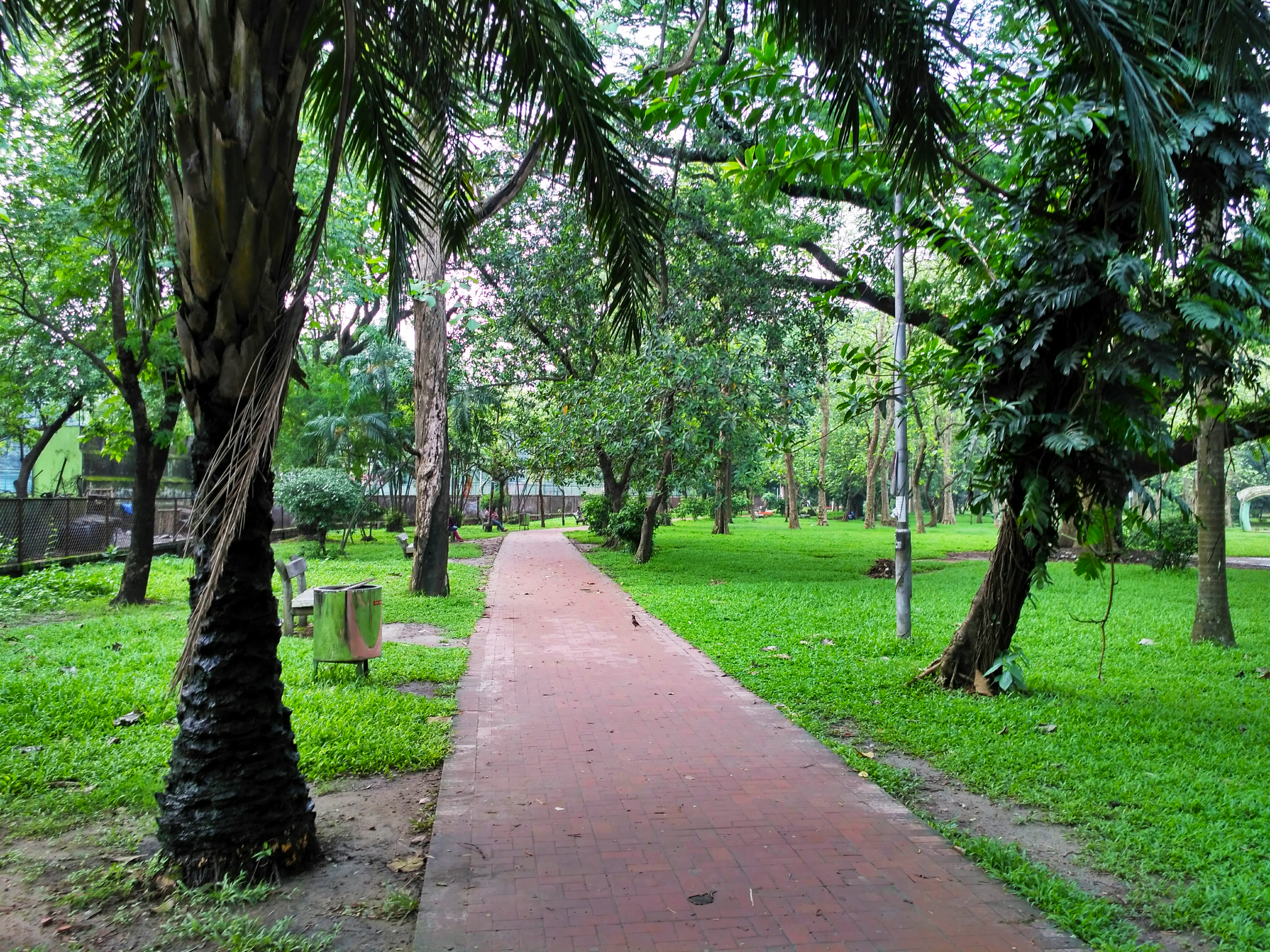
“Despite having the possibility of facing the dire consequences of climate change, we could make a safe space for ourselves if we just behave responsibly. It is not possible to get out of thiss situation without a planned and massive greening project. And not just planting trees, a green governing system needs to be adopted and implemented through programmes like national housing policy and National Sustainable Development Strategy (NSDS),” he added.
The rising temperature could also result in an acute crisis of drinking water, an increase of vector-borne diseases such as dengue, chikungunya, and soon people will start dying from heatstroke and other heat-related diseases, said the researcher predicting a grim projection.




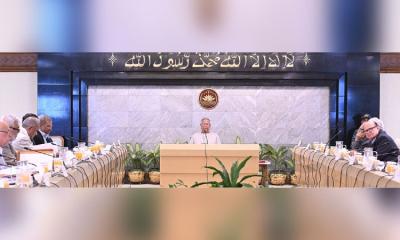


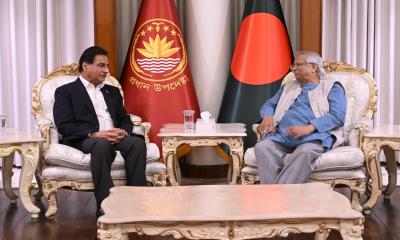


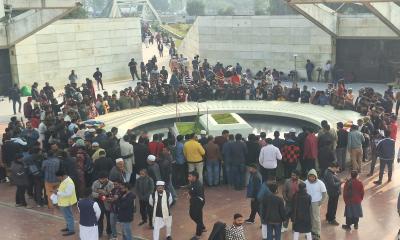


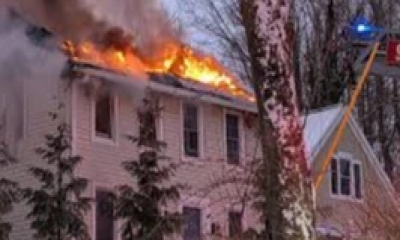





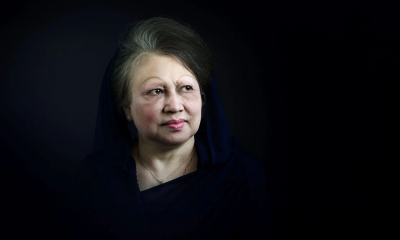

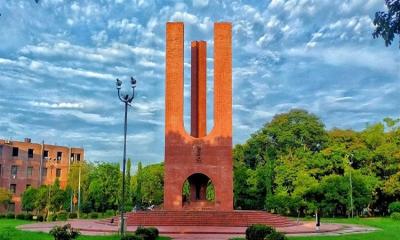
-20251227141313.jpeg)

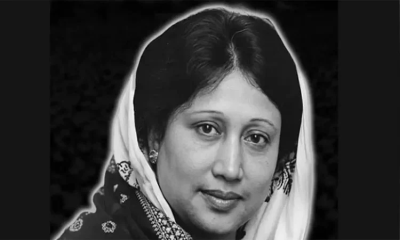

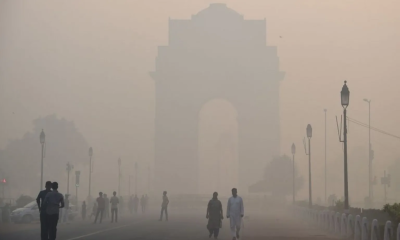



-20251229113834.jpg)

-20251228081840.jpeg)
